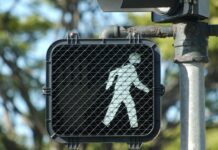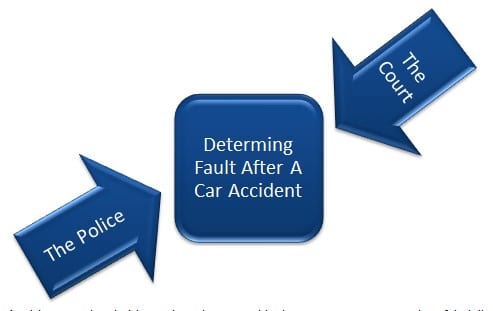Accidents are inevitable, and can happen with almost anyone at any point of their lives. For someone who resides in Florida, they should be extra cautious and remain aware of the laws governing car accidents in Florida.
Car Accidents & Claiming Compensation in Florida
Remaining oblivious to the car accident laws in Florida will only result in potential damage to all the drivers involved, considering that Florida is consistently ranked as one of the states in the USA with a high number of car accidents. It was also ranked as number one in 2017 as per statistics issued by the World Atlas.
As far as claiming compensation is concerned, Florida is one of the 12 states which follow the “No-Fault” Insurance laws. This means that victims who have suffered any kind of damage have to seek compensation or file claims by their own means. In such circumstances, it is best to know how the ‘Fault’ will be determined by which concerned authority or entity in Florida.
What is The Procedure for Determining ‘Fault’ in Florida?
Fault is usually determined by these two entities in their own manner in Florida:
- The Police
- The Court
As per the ‘Florida Motor Vehicle No-Fault Law’, all Florida drivers have to maintain $10,000 insurance for the Personal Injury Protection (PIP) and $10,000 for Property Damage Liability (PDL). While you can claim insurance after the accident once your Insurer investigates the crash, you as the victim would prefer to prove the ‘Fault’ to prevent possibilities of your insurance premium increasing.
In order to prove ‘Fault’ of the other party in the accident, you must know how the Police and the Courts determine the ‘Fault’ according to their own procedures.
With the Police, the fault is determined in the following ways:
- Interviewing The Witnesses: The first step in the determination of fault is interviewing the witnesses. The witnesses that were present at the time of accident are questioned and all the information given by them is recorded for further investigation.
- Gathering Evidences: The accident side is sealed and is inspected to gather evidences. Every little piece found at the accident site is important. Lab samples like blood are taken to the forensic lab where evidences are further studied.
- Compilation of Report: The recorded witnesses’ interviews are transcribed into formal reports. Also the derived results from evidences are concluded. A formal report is made comprising the summary of the case that could be utilized for determining who was at fault.
- Insurance Filing and Investigation: The victim files for their compensation by the insurance company of the defendant. If the victim has already hired a lawyer, he calculates the amount of compensation by taking into account the damages he/she has faced. After the calculation, the defendant’s and victim’s lawyer can either decide for a settlement or continue with their case.
- Examination of Medical Records: Medical records are an important tools which are used for investigations by the police. The medical records consist of patient’s x-rays, blood tests, lab reports and any other investigation that could be used for determining who was at fault.
The medical records can also be used to measure the mental and physical damages to decide the amount, the victim deserves for compensation.
- Victim Compensation: Once the police decides who was at fault by careful study of evidences and medical records and interviewing the witnesses, they can easily adjust the victim’s amount for compensation. The compensation are calculated by insurance company and lawyers by taking into account your medical bills, lost wages and other relevant factors.
- Deciding Fault Percentage: The defendant who was at fault is given a fault percentage according to which he has to provide the compensation for the victim. Also the fault percentage decides the charges that should be placed on the defendant.
The decision of Insurance Adjustors employs an important role in determine of Fault in matters of Police. As such, the victim has to provide all the accurate information to their Insurance Companies to avoid any kind of problems later on. In this case, an attorney can help you in getting the most out of it. An experienced attorney knows the in’s and out’s of the insurance adjustors so he can help you out in claiming for the higher value.
With the Courts, the fault is determined in the following ways:
- The court hears from both the parties and their lawyers
- Testimonies of everyone involved are documented
- All kinds of evidence is gathered
- The Court decides the case
As far as Courts are concerned, the decision of the Police or the Insurance Adjustors plays no role on the outcome decided by the Court.


































